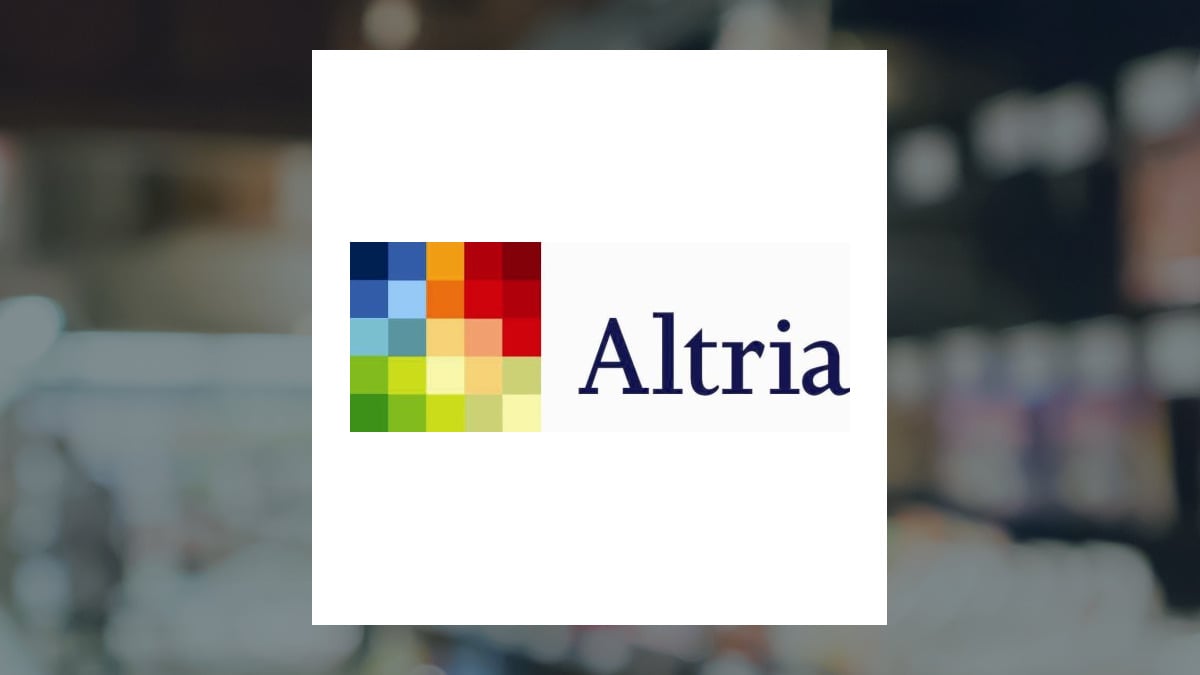
MO
Altria Group, Inc.
$59.01
0.32
(0.55%)
| Exchange: | |
| Market Cap: | 99.073B |
| Shares Outstanding: | 2.852B |
About The Company
| Sector: | Consumer Defensive | |||||
| Industry: | Tobacco | |||||
| CEO: | William F. Gifford Jr. | |||||
| Full Time Employees: | 14654 | |||||
| Address: |
|
|||||
| Website: | https://www.altria.com |
Altria Group, Inc., through its subsidiaries, manufactures and sells smokeable and oral tobacco products in the United States. The company provides cigarettes primarily under the Marlboro brand; cigars and pipe tobacco principally under the Black & Mild brand; and moist smokeless tobacco products under the Copenhagen, Skoal, Red Seal, and Husky brands, as well as provides on! oral nicotine pouches. It sells its tobacco products primarily to wholesalers, including distributors; and large retail organizations, such as chain stores. Altria Group, Inc. was founded in 1822 and is headquartered in Richmond, Virginia.
Click to read more…
Revenue Segmentation
EPS
Earnings Call
Income Statement
(* All numbers are in thousands)
Balance Sheet
(* All numbers are in thousands)
Cash Flow Statement
(* All numbers are in thousands)
Analyst Estimates
(* All numbers are in thousands)







